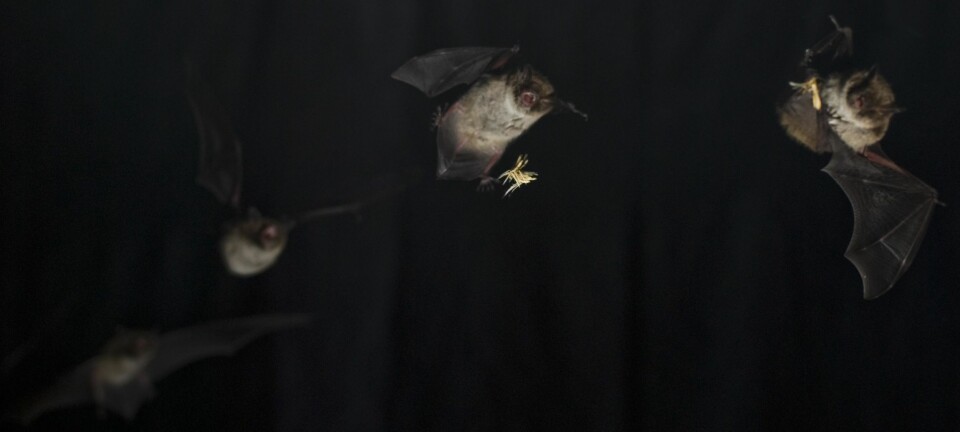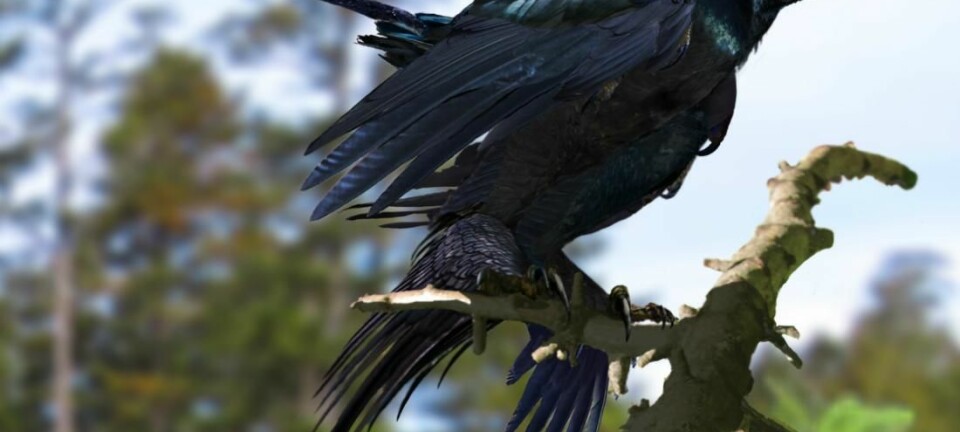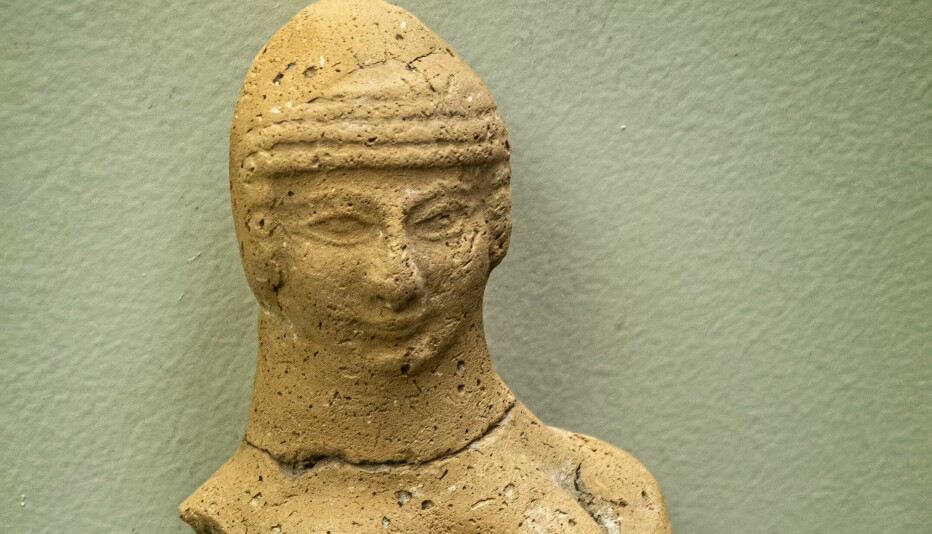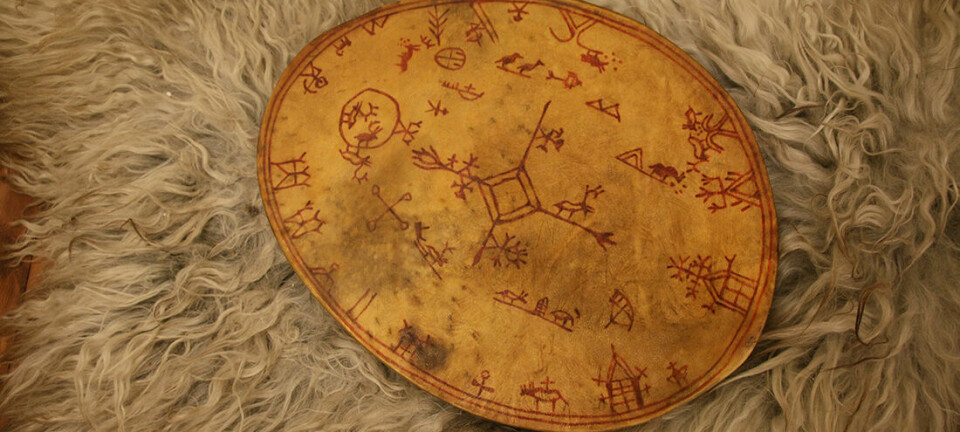An article from University of Tromsø – The Arctic University of Norway
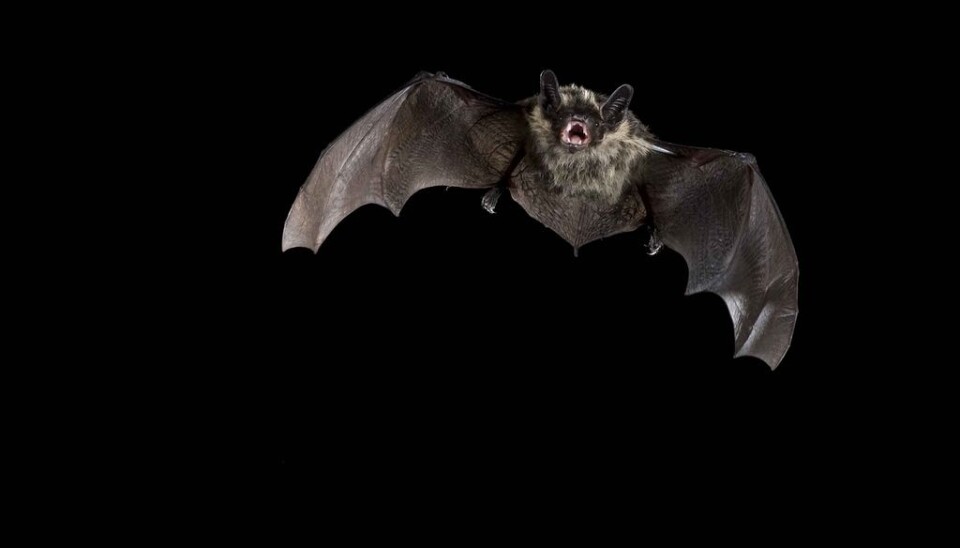
Bats struggle under the midnight sun
Bright summer nights and freezing winters are constant threats to bats in northern Norway.
Denne artikkelen er over ti år gammel og kan inneholde utdatert informasjon.
The world’s northernmost bat colonies are found surprisingly far north. At 69 degrees north, in the interior valleys of Troms County in Norway, small groups of northern bats battle to survive in the inhospitable and unsuitable climate.
“Normally, active bats require minimum air temperatures of about ten degrees C. In Troms, temperatures may creep down to zero on cool autumn nights,” says Karl Frafjord, a zoologist at the Tromsø Museum.
Frafjord has spent years studying bat colonies in Troms, including how these nocturnal animals tackle the challenges of the midnight sun and the long, bright summer nights in the north.
Normally bats would never venture out until after sunset.

“There are several theories about why bats evolved to be nocturnal, but most agree that it is most probably to avoid being eaten by birds of prey in the daytime. So bats in the north have a difficult dilemma. They can either brave the bright summer night risking life and limb, or they can starve to death while they are waiting for darker nights,” Frafjord says.
Hidden by the dusk
After their long winter hibernation, bats have no other choice but to risk their lives to fatten themselves up. This is especially true for pregnant females.
Frafjord explains that even though the sun does not set, the bats in Troms can take advantage of the low light conditions during the summer’s very short twilights, when the midnight sun dips down behind the area’s surrounding mountains.
“We’re not talking about a long time each night, but luckily they can catch their night's ration of a few thousand small insects pretty quickly. They also don’t come out of hibernation until the end of June, so they have just three weeks before the period of midnight sun is over,” he says.
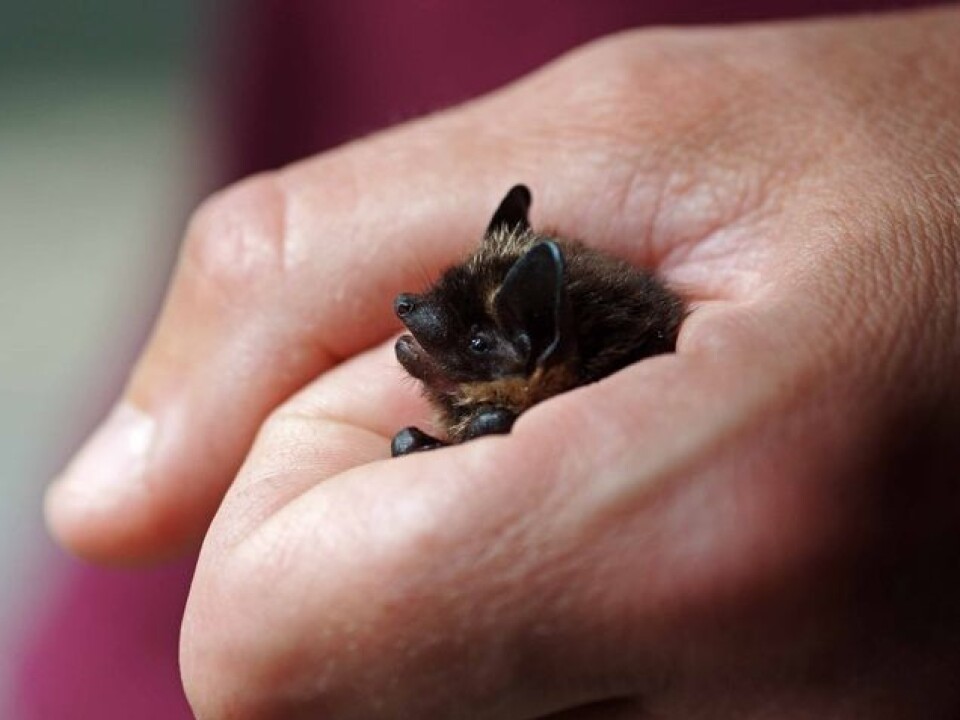
Twilight is not completely risk-free for the little animals, and Frafjord has himself observed a merlin on the hunt for an exotic dinner - without succeeding.
Unfortunately, things are not going well for north Norwegian bats. What was formerly the area’s largest colony, Løvhaug in Målselv, has experienced a decline from approximately 135 individuals in its peak year of 2002, to about 6 adult animals this year. Frafjord believes this is due to the other great enemy of these arctic bats: hard frosts.
“Bats go dormant during the winter and must stay in a place where the temperature remains above freezing. This is usually not a major problem when there is snow, but in recent years long periods of snowless frost have probably taken a toll on many bats,” says Frafjord.
The situation is the same in almost all the known colonies in Troms, and Frafjord points out that northern Norway may quickly run out of bats.
“Bats give birth to only one young per year, and in the north they are dependent on man-made shelters to survive. But modern houses have few places that bats can crawl into,” explains Frafjord.
Uncertain future
A bat room has been specially constructed at Løvhaug for the dwindling colony, but so far the little animals prefer to stay in the houses where they have previously lived. Why do they insist on living under such harsh conditions to begin with?
“It is in the nature of all species to push the limits of what the animals can tolerate. If the populations in Troms should fail, then it's a disaster for the individuals, but not for the species as a whole. At least they have tried,” Frafjord says.
Although bats are protected in Norway, the Norwegian Directorate for Nature Management does not have a stated goal to maintain a north Norwegian population. Bats further south in Europe also face an uncertain future, with humans as the biggest threat. European bats need two things - shelter and access to insects.
“Habitats for bats in Norway and in the rest of the world are disappearing. Many species prefer a mixed landscape, with both open areas and forests. Agriculture is becoming more and more of a monoculture, and insect-producing areas such as wetlands and swamps are being developed. Meanwhile, places where bats can live are disappearing, as old buildings are renovated and old trees with cavities are cut down,” says Frafjord, adding that so far bats in southern Norway are seemingly holding their own.
Holy bats
Bat evolution is hitherto well hidden by the fog of time. Scientists know that the first bats appeared right after the dinosaurs disappeared, but they have found very few fossils that help illuminate the development of flight. The oldest complete fossil is 53 million years old, and shows an already fully developed flying bat, complete with bones related to echolocation in its ears.
“Previously, it was believed that bats were closely related to shrews and hedgehogs, but this idea is now rejected. Nor are they closely related to mice or rodents, or pterosaurs, for that matter,” explains Frafjord.
Bats have historically struggled with a bad reputation in Europe. They have been associated with witches, vampires and the devil, and according to old tales, they have a habit of getting tangled in peoples’ hair.
“Hollywood has probably done their fair share to make bats seem creepy. It probably also has something to do with the fact that they are nocturnal, and that we have trouble seeing them properly. But in China and Japan, they are seen as lucky,” says Frafjord.
The very luckiest bats are found on Tonga. There they are in fact considered sacred.







